 Each year we plant an evergreen in our yard to celebrate Christmas and the Winter Solstice. Last year, we squeaked into our new home in Pennsylvania on December 23rd, which gave us enough time to find a nice, live Oriental spruce on sale for half-off at a garden shop to celebrate in our empty but cozy new home. You can see its amazing progress in the third image above.
Each year we plant an evergreen in our yard to celebrate Christmas and the Winter Solstice. Last year, we squeaked into our new home in Pennsylvania on December 23rd, which gave us enough time to find a nice, live Oriental spruce on sale for half-off at a garden shop to celebrate in our empty but cozy new home. You can see its amazing progress in the third image above.
This year, we decided to go hog wild! After searching for local farms, we visited Linvilla Orchards and all their many farm pleasures – complete with chickens, goats, a wall full of preserves, and hayrides.
While we opted out of the hayride, we were positively smitten by the Christmas tree selection. We purchased a large, cut Fraser fir to bring in the house and decorate, and a lovely Blue spruce to plant in the yard. Live trees can only stay in the house a few days in order to stay healthy, and we wanted to have a tree indoors all month long for once.
We planted our Blue spruce on December 2nd when the moon was almost full in earthy Taurus. You can see it above in the top two images. It's about 20 feet away from last year's Christmas tree, giving both ample room for lots of healthy growth.
There are many websites out there offering tips for proper care of a live Christmas tree. Below are a few of the better ones (feel free to recommend others):
--Care Tips for a Living Tree
--How To Pick (and take care of) A Live Christmas Tree
--Live Christmas Trees
--9 Things You Should Know About Trees
And you don't want to miss this totally cool article with tons of ideas for combining Yuletide decorations with wildlife good will:Apart from taking care to be gentle with your tree, you want to ensure that your tree doesn’t think it’s suddenly taken a winter vacation in the tropics when it enters your home. We all like to stay warm in winter, but common sensible things like tree placement and moderate thermostat settings can make all the difference in the health of your tree.
Your tree needs to be watered. Help to keep your tree cool by watering with ice cubes. The ice will melt slowly on the top of the soil/root ball, helping reduce the tree’s overall temperature.
3) THIS END UP ^ ^ ^
Trees are heavy creatures, and when you bring home a live one, it’s going to come with a healthy root ball with some earth, either potted or wrapped (usually in burlap). Not only do you need to be careful with moving your tree, but you need to use common sense again when it comes to lifting. A handtruck/dolly or wheelbarrow can lend a helping hand if you don’t have a second person to help you move your tree in and out of the house.
Placement leaves you with several options, like a decorative pot, but most important is a solid, sturdy plastic tray beneath the tree’s pot. Like any potted plant, you want your Christmas tree to have good drainage so that it doesn’t just sit in water and rot. A sturdy, WIDE tray beneath your tree will help protect the floors, and also allow you to add additional ice around the base of the tree if desired to further assist in keeping it cool.
4) Planting time!
The longer you keep your happy little tree indoors, the greater the chances that you’re going to confuse it into budburst. You want your tree to remain dormant, because this is just the start of winter! Don't keep your live tree indoors for more than 7-10 days maximum.
In Washington State, I rarely had to worry about the ground being frozen in December. But here in Pennsylvania, I was lucky to squeak in by December 2nd, since the ground froze a week later. If your ground is frozen when it comes time to plant, you still need to get the tree outside.
Place your tree somewhere that it’s protected from the wind. While cold is a consideration, it’s actually the winds that really kill plants in the winter. Choose a naturally-sheltered area like the side of the house away from the prevailing winds. Wrap the pot/burlap/root ball with additional protection – hay, mulch, tarps, even old blankets. The rest of the tree needs to be exposed so it can breathe and take in the light. As soon as the ground thaws, you want to plant! Be sure to check the root ball periodically to make sure it doesn’t dry out.
Now, when it comes time to plant, I’ve got a few other notes from personal experience. Most people and sources will tell you NOT to unwrap the burlap, NOT to remove the old earth, and to plop it in the ground as is (after proper soil preparation). I’m here to tell you that I disagree completely.
Not all trees make it, so don’t let one year without success deter you from trying again. The second Christmas tree we planted did not survive after almost a year of apparent health. When I pulled out the dead tree, I found that it was completely bogged and choked in the burlap.
I now always remove the burlap from my trees, and I always GENTLY loosen the earth around the roots. It’s likely that this is not recommended because too much damage to the delicate, fine roots can mean death for the tree. Make sure that your root ball is nice and wet, and take your time. Remove the big solid chunks where possible, but do not pull away the small, thin roots. Leave on any chunks that don’t come off easily. Gently spread apart the bigger roots to get them out of the pot/ball shape, and encourage them to spread.
Finally, don’t plant too low! The earth is going to settle once the tree is in the ground, and you don’t want your tree swallowed up. Try to mound the earth so that the tree sits a little high at planting. As it settles a few inches, it will come flush with the ground level. And in case I haven't said it before - just say NO to the mulch volcano!
5) Long live the trees
Depending on where you live, your tree may be satisfied with winter rains for water. However, once the ground thaws and the days get warm, you need to water your tree regularly, especially during the first year as it establishes itself in its new home. Consistent, deep, weekly watering is helpful to encourage strong taproots and healthy growth.
Your tree has been sculpted to match the Christmas tree shape, but once those buds burst, that’s all over. Your tree will become the quintessential ungainly teenager as it tries to grow out of its cultivated shape to blossom into its true identity. Have patience the first few years as your tree slowly comes into its own with new growth. Don’t be alarmed if there are a few lost twigs, a few dead buds, or a loss of the leading branch. Other top buds will eagerly compete to become the new tree top, and the tree’s inherent nature will take care of the rest.
If you have any questions about live tree care and planting, please feel welcome to ask in the comments, and I will do my best to answer with what knowledge I have.
Happy planting!



















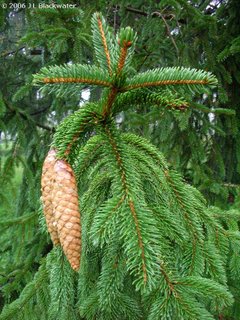







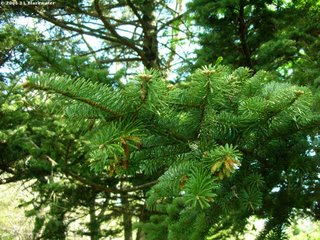

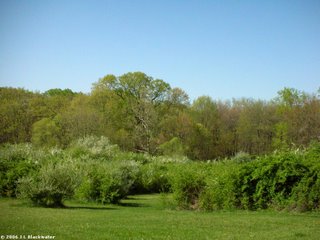
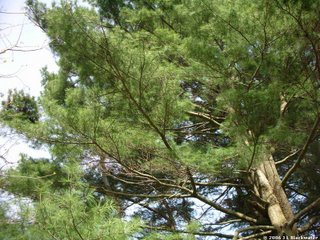








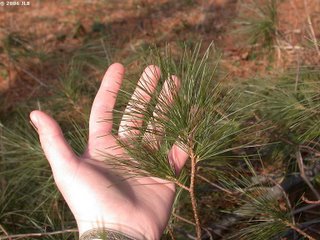



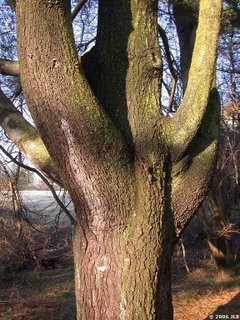
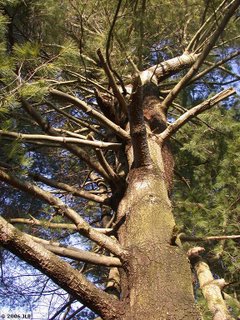


 Follow Jade Blackwater on Twitter
Follow Jade Blackwater on Twitter

